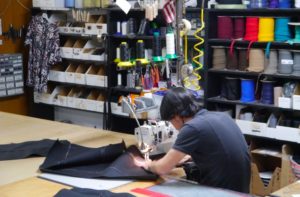
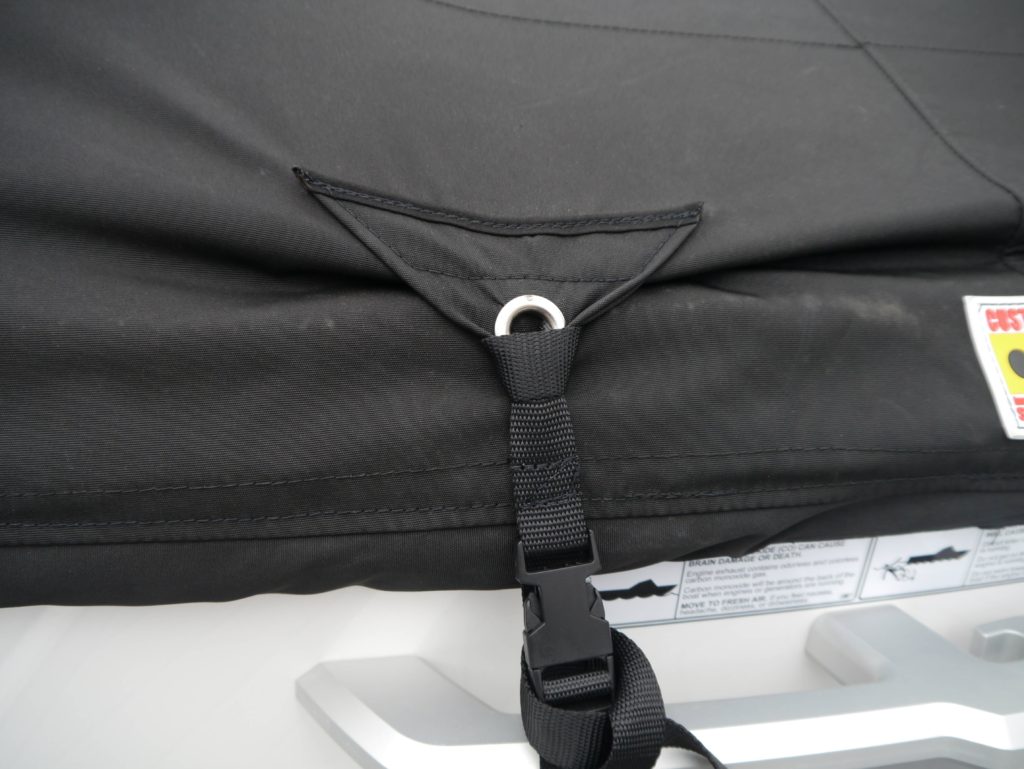
Cinch Vs. Ratchet: Fabrication
At SewLong Custom Covers, we pride ourselves on crafting boat covers that reflect our core values of quality, service, craftsmanship, and value. We don’t believe in cutting corners—our goal is to create products that boaters can trust to last. Over the years, we’ve continuously refined our methods based on real-world feedback and extensive use, including the rigorous demands of trips from Salt Lake City to Lake Powell. These refinements help us deliver covers that outperform the competition and provide unmatched value.
TEMPLATE & FITTING
Every exceptional boat cover starts with a precise pattern. Our team takes pride in approaching this step as both a technical and artistic endeavor. A well-fitted cover enhances water shedding, reduces the chances of wind flapping during transport, and minimizes wear and tear on both the cover and the boat. A loose fit shortens the cover’s lifespan and can cause unnecessary damage to your boat. Paying attention to every detail in the patterning process ensures a snug, tailored fit for every boat.
CUTTING
The cutting process depends on the fabric being used. Coated fabrics, like Sur Last, can be cut with standard tools without worrying about fraying edges. However, woven materials such as Sunbrella or Top Notch 9 require a more meticulous approach. For these, we use a hot knife to seal the edges as we cut, preventing fraying and ensuring a clean, professional finish. While heat-cutting takes more time, it’s essential for maintaining the cover’s durability and polished look.
SEWING
When it comes to sewing, we use lock stitching—a method that intertwines two threads to create a secure knot in each stitch. This technique ensures that even if a thread breaks, the seam won’t unravel. In contrast, chain stitching, commonly used by some manufacturers, relies on a single thread, which can lead to catastrophic failures if one section gives way. Our commitment to lock stitching guarantees that our covers withstand the pressures of travel, wind, and weather, providing long-term reliability.

Over the years, we have tested out new ideas, tried new fabrics and hardware along with new methods used in patterning and finishing. Some were Implemented permanently and made it to our “standards board.“
Seam Finishing
The finishing of seams is another area where we refuse to compromise. We topstitch our seams, a technique that not only reinforces strength but also adds a polished, professional appearance. Flat seams or single-stitched seams, often found on cheaper covers, expose the thread to sunlight and weather, increasing the risk of breakdown. Our topstitching ensures that seams remain strong and protected, even in harsh marine environments.
Thread Selection
The thread we use is just as important as the fabric. We choose high-quality, UV-resistant threads that are designed to endure the challenges of sun exposure, salt water, and extreme weather conditions. This careful selection ensures that the seams hold strong, protecting your boat for years to come.
Craftmanship that Lasts
From template to thread, every step of our process is designed to create a superior product. We know that your boat is an investment, and our covers are built to provide the protection it deserves. By focusing on craftsmanship and innovation, we deliver covers that not only perform better but also look better than the alternatives.
For a more in-depth comparison between our Chich Covers and traditional ratchet covers, visit our detailed blog post-Chich Cover Vs. Ratchet Cover, which goes over how much fabric can impact the protection of your boat.
To learn more about selecting the right cover for your needs, check out our guide: What Cover Do I Need? Let’s keep your boat in pristine condition, ready for many more adventures on the water!
A lock stitch uses two threads and locks them together by tying a knot and preventing the stitch from easily coming unraveled.
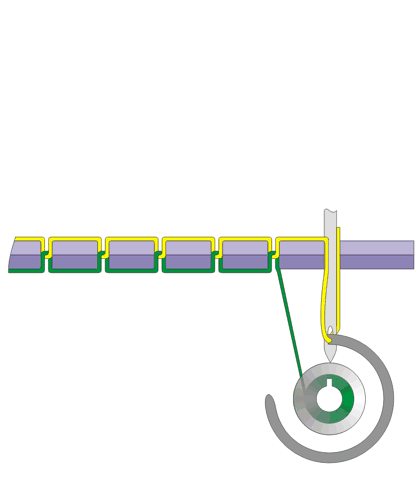
Recent Posts

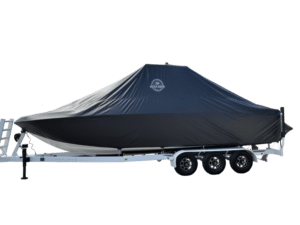
The Value of Craftsmanship: Why SewLong Covers are Worth the Investment
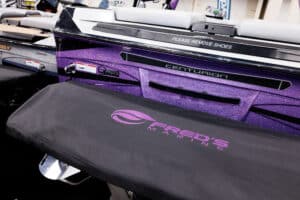
Boost Your Brand with Custom-Branded Boat Covers
Featured Posts
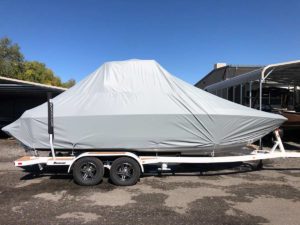
One Size Fits All?
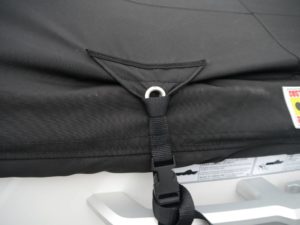
Cinch Vs. Ratchet: Fabrication
